Guest contributor: Óscar Martínez on driving the Ferrari F355 Spider (part 1 of 2)
Óscar Martínez and Juan Muñoz of 8000vueltas.com got one of those ‘pinch-me-am-I-dreaming’ opportunities of which most of us can only, well, dream: test drive a Porsche and a Ferrari back-to-back, then declare the winner of this personal contest. Here, Óscar recounts his time with the Ferrari, an F355 Spider.
At the end of the 1990s, the war of electronic nanny systems and intrusive driver’s aides began. But before that, Ferrari produced the ultimate evolution of its range of V8s from a time when they were still mounted in a steel monocoque: the F355. At the same time, Porsche, too, extracted the last ounce of performance from its final aircooled 911, the 993. It was a fascinating milestone in a very intense war before both manufacturers shifted to what might best be described as a ‘techno-war’.
Sometimes you pick up on a snippet of a conversation and can automatically fill in the rest of the blanks, even deciding as to whether or not to keep listening. If you ever hear the words “Ferrari F355 Spider”, for instance, you can be sure the words that follow are ones that are worth listening to carefully. But in this day and age, casual conversations about the automotive industry tend not to be all that interesting (to wit: the last one I had was about hybrids and electric vehicles).
Nowadays, for instance, it seems that the number of cupholders or the availability of i[Pod/Phone/Pad] connectivity are more important than slightly loftier matters, such as aesthetics or driving dynamics. There was a time, though, when we spoke of no such trivial things, simply because they were the last things on our minds upon seeing a car like the aforementioned F355.
After all, who cared! With that car, an era came to an end for Ferrari— starting with the design, which was still reminiscent of the long gone 1980s Testarrossa. Those massive air intakes behind the doors made Ferraris stand out from absolutely everything else you could find on the road. It didn’t matter if it was a Testarrossa, a 456, a 348, or even our tester 355— you simply knew. What a time that was! And what a design trend, of which the F355 was probably the high-water mark. And now I would get to drive one.
As one might expect, I was tingling with excitement over the opportunity. I had already test driven a 911 (993) Targa (which we will get to later) and now it was time for the red Italian. The Porsche sounded great, but driving alongside the Ferrari and hearing it from the outside, the sound was simply in another league. Now I wanted to experience the sensation of listening to it from the cabin with the top down.
Looking for the door handle, I stepped into a different era. Sitting in the cabin you appreciate how nice the current Ferrari interiors are. Not only with regard to design, but also to ergonomics and overall fit and finish (hardly the F355’s strengths). But at that moment, I could hardly care less. After all, here was a mint example that had just gone through some considerable maintenance. So there I was, already seated and no one – and I mean no one – could have pried me from the driver’s seat. After craving this moment for so long, I was finally going to drive an F355.
Without turning the key, I feel the controls, the pedals, and the gear lever. I get a lot of important sensory input and suspect it won’t be easy piloting this beast at the beginning. I start the engine, shift to first gear, and slowly start to engage the clutch. I am on an incline and fear an imminent stall. I release the brake pedal and the car starts moving smoothly. This is a nice surprise. In the first few minutes of driving I come to learn that under everyday circumstances, it is actually a very easy car to drive. It seems that the F355 was a very civilized car even for its time.
In fact, it’s even comfortable, thanks mainly to the comfy seats, which are far from the ubiquitous form-hugging buckets you expect to find in modern Ferraris. The steering wheel is large and the gear linkage requires long throws of the shifter to engage gears. It is far from the beast I was expecting, but that doesn’t diminishes its charm in the slightest.
Taking the car closer to its 8000 RPM redline, any doubts I initially had immediately dissolve: this Ferrari was made for driver enjoyment. Clearly, the 3.5L V8 breathes freer and happier closer to its rev limit. Actually, it is easier to exceed the redline than it is to stay under 6000, where the car feels out of its rhythm. While it is possible to drive at a very brisk pace under those revs, it is above that where the engine becomes frantic right up to its 8250 RPM, the point at which it achieves its maximum horsepower rating. The moment where you engage the next gear, release the clutch, and put the accelerator to the floor – unleashing a tidal wave of symphonic Italian V8 noises – is simply beyond my capacity to describe.
So far so easy, as we are driving in a straight line. But trying to hit the engine’s sweet spot (on the north side of 6000 RPM) while in the corners is not for the faint of heart. This is because no matter what gear you are in, getting to 8000 means you are going fast. Now, it may simply be a case of my needing more time to acclimatize to the car, but the classic ‘H’-pattern gated shifter can present a challenge to those not accustomed to driving Ferraris (which would be most people). You need positive but at the same time delicate movements to get the gear lever in place, accompanied by perfect timing to prevent jerky shifts. And sure enough, the more I drove it, the better I got at it.
What I did find odd, though, was the shifter: unwilling, spongy, and imprecise around town, it didn’t exactly spring to life and become the complete opposite once it was driven at speed. Every time I started increasing my level of speed the gearbox felt like an unwilling partner, the only thing stopping me from fully enjoying the experience. Again, maybe it’s a matter of my needing more practice, more time. And surely more expert hands could extract a much better feel from the shifter than yours truly’s.
But corner after corner, the car failed to inspire confidence. There was a disturbing lack of feedback from the steering, at times leaving me wondering if both axles were working together or against each other (although to be fair, at no point did the car give me a scare— in fact it was quite docile and grippy throughout the test drive). Was I driving too conservatively? Almost certainly. But rightfully so, as this is a car that easily intimidates in the beginning.
The brakes were another component that failed to live up to expectations. The feel was reminiscent to those of early ceramic discs: the initial application felt firm, but then the bite you expected to follow was nowhere to be found. They were good enough to do a decent job of scrubbing off speed, but felt far from otherworldly while doing it.
After awhile, I think I figured out what the car was about. Needless to say, pitch-perfect execution of advanced driving technique is essential: matching every heel-and-toe downshift, nailing every redline upshift accompanied by perfectly-timed gear lever movements, and setting up the car correctly for corner entry and exit. Now I could start listening to the car and feel absolutely everything working together in harmony. Now I could listen to every single mechanical part as if I, the driver, were but a mere cog in this wondrous machine. There is no electronic intervention cutting in and preventing you from enjoying the action. Yes, driver errors are placed under a giant magnifying glass, errors that could have been ironed out if only your driving guardian angel – the one that goes by the name ESP – were there. But then driving a 380hp mid-engined sports car at its limit wouldn’t be as thrilling.
The excitement of really nailing it – driving it with perfect timing and perfect rhythm – generates a swell of emotions you’re not likely to ever forget. But that delicacy at the wheel of the Ferrari only made me think of the relative brutality of its German rival even more. I may be hated for saying this, but I think I preferred the 911. 
Next week, Juan Muñoz discusses his experience driving the 911 (993) Targa (edit: part two is now live here).
The views expressed in this article are those of the author and do not necessarily represent the views of Motoring Con Brio.








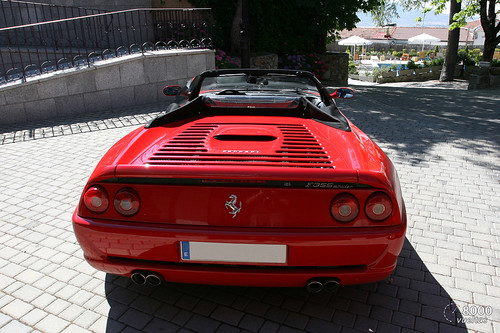







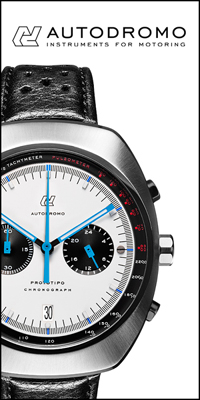


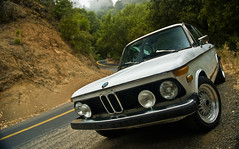
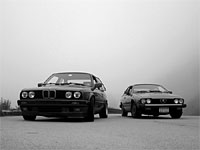
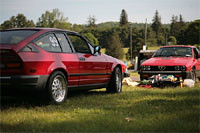
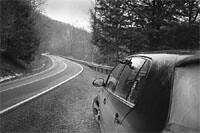






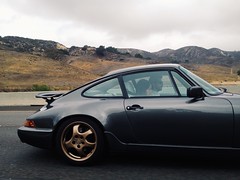
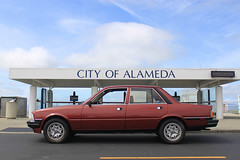
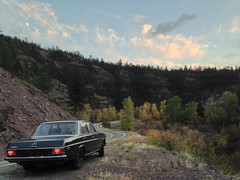

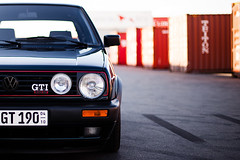

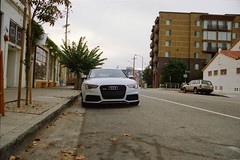
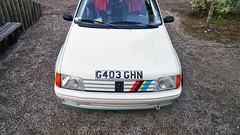
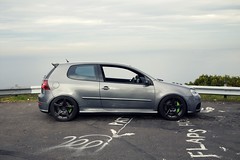

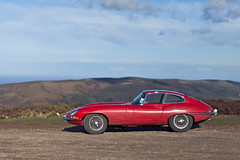
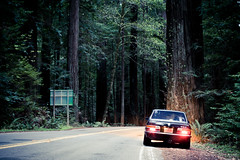


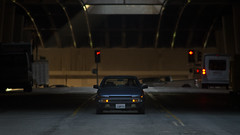




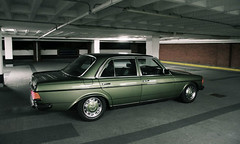
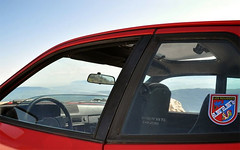
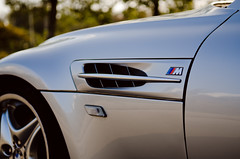
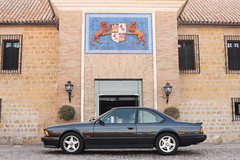


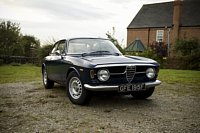
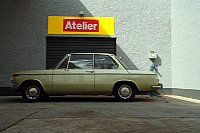


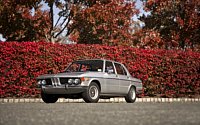

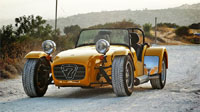




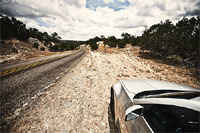
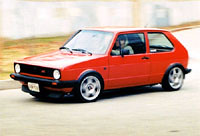
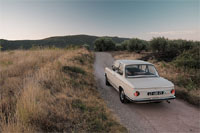

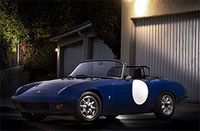



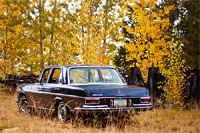
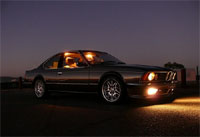
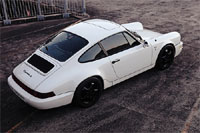
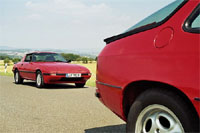

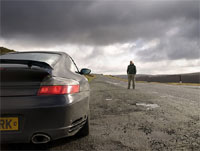
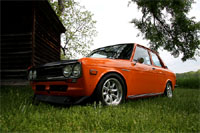

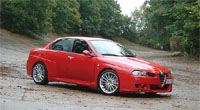



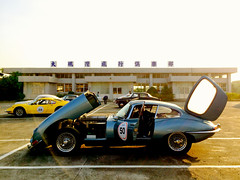
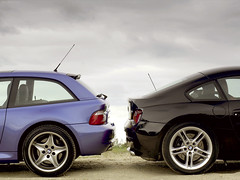
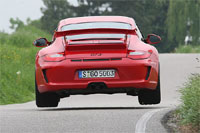
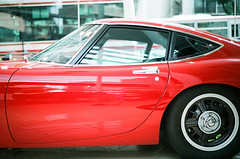

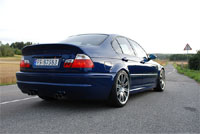
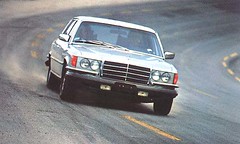
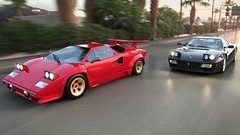
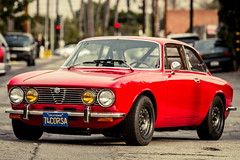


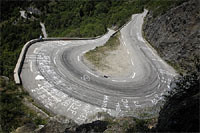
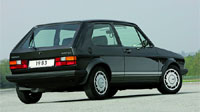

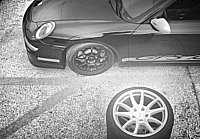



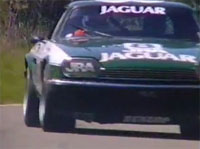
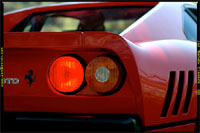

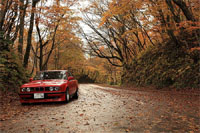
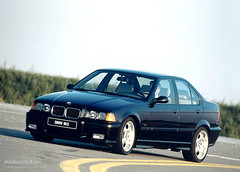


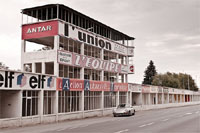




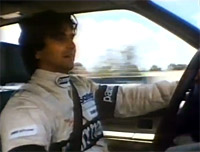
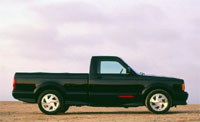
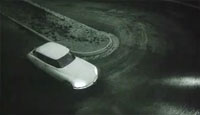

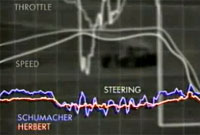
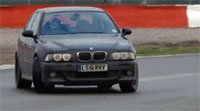
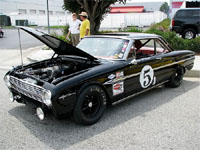




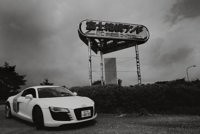
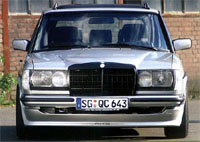



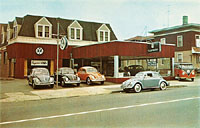


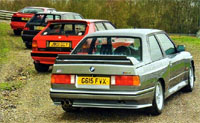


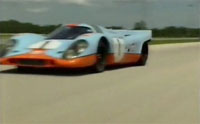

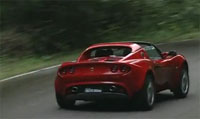
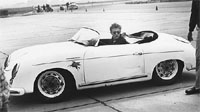

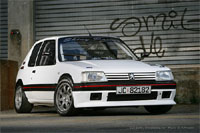
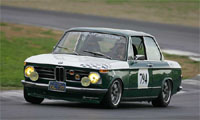

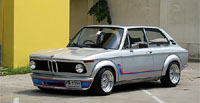

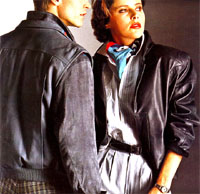
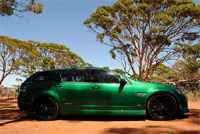


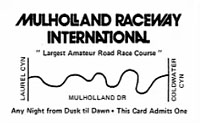
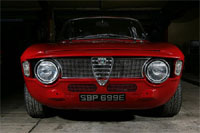
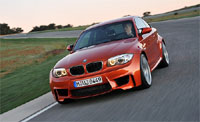
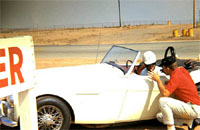
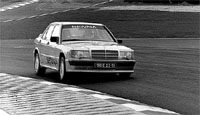
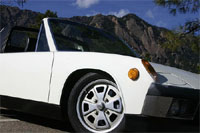
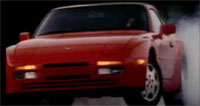
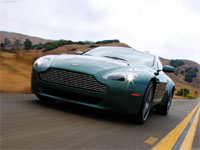
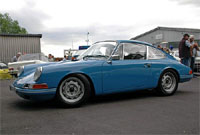

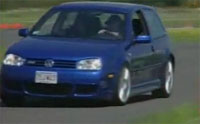
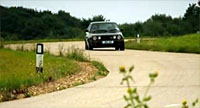




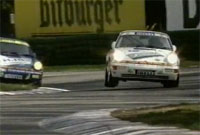
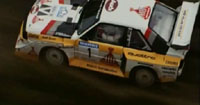
On the gear change; the 355 certainly has the built-in requirement to be firm of hand. Any hint of a lack of confidence, and you’re toast. Take hold of it with a strong, firm, confident hand, and when warmed, ram it as you would .
In a long line of high performance cars, the 355 Spider ranks as one of my best motoring experiences. Ohhh… the noise in tunnels still makes me shiver…
Kuroneko said this on March 9, 2012 at 12:36 am
Anyone out there with a F355 with a need for a left testicle? Will gladly trade.
tom d said this on March 9, 2012 at 10:04 am
This is a nice piece; I’d like to read more like this. It’s refreshing to read a regular car guy’s take on an exotic as opposed to an auto journo’s or owner’s. Good photos too. It also helps that the writer here didn’t exhibit the often-typical breathless excitement that accompanies driving a red convertible. The comments about tactile feedback are really apt, and I can understand why the the writer prefers the 911; it’s an easier car to drive and comparably quick, whereas the 355 demands a more particular driving style.
I take issue with the previous commenter’s “ram it” mandate on the shifter. 2nd gear on these cars is notoriously sticky – there’s even a mention of it in a Brad Paisley song. But that said, one shouldn’t need more than three fingers to coax the lever into the proper slot; if it’s more difficult than that, you’re in the wrong rev range.
nsk said this on March 9, 2012 at 10:05 am
This was by far the most interesting car related article I’ve read in the last couple of weeks. Thank you very much!
It is so easy to find articles about supercars from journalists who are almost bored by supercars and it’s equally easy to find writings from first-time Ferrari experiences that are just shouting superlatives and forgetting that in the end it still is just a car, and not a perfect one.
But those imperfections got me thinking. I had been waiting to drive a Ferrari since I was four. Last year I finally did it. The car was F430 Spider, which made it easy to compare with your experience. I didn’t want to admit it, but after waiting for a so long time I was waiting some kind of a divine intervention at least.
Needless to say it didn’t happen. It was a great car, I might say much better than the F355, because most of the problems you said were gone. F1 system, as criticized it might be, was smooth and delivered almost perfect shift every time and the car was really easy to drive.
And that was the problem. It wasn’t a stallion I have to tame. It wasn’t a complicated machine that requires practice to master it. F430 was just another modern car with a masterpiece of an engine. It really could have been a BMW. I can’t fault the car, but if I were to buy a Ferrari (might take a couple of decades) I wouldn’t want it be easy. I want to feel involvement even at town speeds. It sounds like the F355 would be much better choice for me.
lahtiain said this on March 10, 2012 at 6:15 am
many years ago an affluent friend was faced with a choice between a 993 and a f355 f1. emotion won that day and he bought the f355, almost instantly he regretted it. two months into ownership and the f1 box broke. three fixes later he sold the car and bought a 993.
i’m with juan on preferring the 993.
wm said this on March 10, 2012 at 5:17 pm
to be clear, it’s óscar here who preferred the 993. we won’t know what juan thinks until part 2 next week 😉
motoringconbrio said this on March 10, 2012 at 9:31 pm
my bad, i misread the byline :S
wm said this on March 11, 2012 at 6:29 pm
Hi WM,
I would like to make it clear that i am not some ferrari freak (maybe just a little) i also love porsches and think they are fantastic vehicles, having owned 3 of each and driven almost every model of each made since 1960. I almost couldnt choose which one i preffer most, although the ferraris usually have much more magic, special occasion and theatre about them, i could also guarantee that there wouldnt be a child around whos face doesnt light up at the sight, let alone being allowed to hop in. You just dont get this with the porsches.
But this is not what i am writing about, i feel when writing or comparing cars it needs to be done fairly and comparing same vehicles, i understand that your friend and almost every other f1 ferrari owner has been let down by his or her gearbox or clutch at some point,but lets not even get started on how disgusting or turd like an automatic porsche is, sure it might be a 100% reliable gearbox, but christ i am sure that there arent many car enthusiasts who actually like driving their car properly ( not crusing around) that would even want to go near one, at least when ferraris f1 pump or clutch hasnt worn out you are having the time of your life.
People love slagging the f1 ferraris, the fact is i dont know of any early real f1 or smg road car gearboxes that werent terrible unless they were autos with some play buttons or the optional sporty + or – next to P,R,N&D, we need to remember that these creatures were really intended for racing, easy out of the pits a few really heavy starts, new clutch every few races and rebuild every few years, not stop starting at traffic lights or reversing out of basement car parks.
My manualy 355 did several rallies, many doughnuts, motorkhanas and was frequently sideways, with the exception of a bosch o2 sensor it never let me down.
Lido said this on March 11, 2012 at 7:19 am
hi lido,
you make valid points (good calls on smg and tiptronic – although a tiptronic 996 or 997 turbo is a great touring car) but that begs the question why did ferrari put such a ‘racing’ box in what is ostensibly a road car ?
i gather that the latest f1 boxes are much more road usable but still have a healthy appetite for clutches etc.
wm said this on March 11, 2012 at 6:35 pm
Hello Oscar,
I am sure you must have thoroughly enjoyed your experience but either been a little nervous to drive someone elses ferrari properly or been driving a slightly tired or poorly maintained example, of which there are many around.
I have personally owned both of these vehicles, two stunning examples and cant qiuet understand how you can mention the words brutal or rival when comparing a 993 to a 355.
Sure both lovely vehicles but performace, gearshift, handling and sheer joy of the porsche dont even come close to that experienced in a 355, maybe you have try another.
Lido said this on March 11, 2012 at 5:21 am
Hello everyone, I am very glad to see that you liked the article.
Lido,
thanks for your reply. This 355 have been my first and only Ferrari, but I have driven several 911.
It is possible I was a little nervous because the 355 was in mint condition. The explanation I can found is that the 993 was highly modified (Wheels, suspension, brakes, exhaust…). I remember the 993 rough in comparation with the 911. Perharps sensations would be different today, the test was made 18 months ago, but I don’t think so.
Nevertheless I absolutly loved the F355 (I would try another every single day if possible 🙂 ). But, for my driving style -and budget- I would prefer the highly modified 993. The point of the article is not to get an overall winner or something. The choice is just my personal preference.
Óscar Martínez said this on March 12, 2012 at 9:05 pm